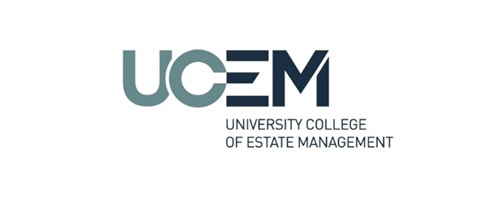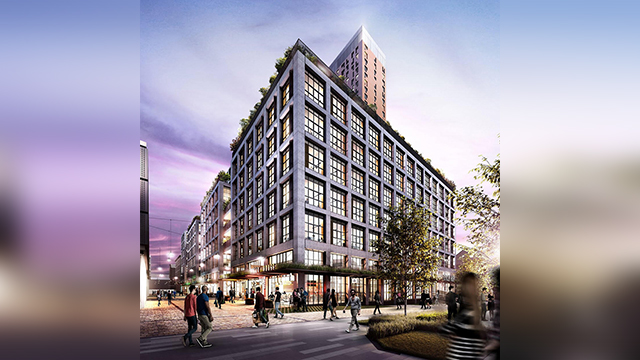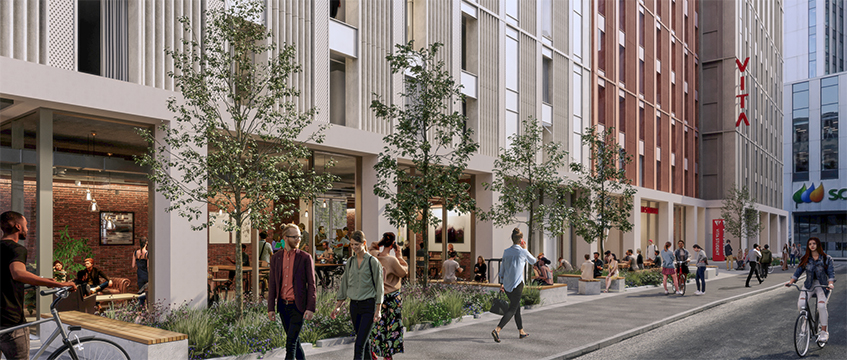Collective enfranchisement – Leasehold Reform, Housing and Urban Development Act 1993 – Upper Tribunal determining premium payable to respondent freeholders by appellant nominee purchasers – Deferment rate in relation to reversions of less than five years – Hope value in relation to non-participating flats with reversions of less than 80 years – Appeal dismissed On an appeal from the leasehold valuation tribunal, the Upper Tribunal determined the premium payable by the appellant nominee purchasers to the respondent freeholders on a collective enfranchisement, under the Leasehold Reform, Housing and Urban Development Act 1993, of a 1920s mansion block within a conservation area in Kensington, London SW3. It concluded that a premium of ££2,961,613 was payable: see 2011] UKUT 415 (LC); [2011] PLSCS 270; [2012] RVR 92. In reaching that decision, it considered, inter alia: (i) the appropriate deferment rate to apply when valuing the freehold reversion to six flats in the block that were held on leases with less than five years unexpired; and (ii) whether hope value could be awarded for the prospect of selling new leases to the tenants of four non-participating flats with unexpired terms of 4.74 years, and another with 70.25 years unexpired.
Trustees of Sloane Stanley Estate v Carey-Morgan and another
Start your free trial today
Your trusted daily source of commercial real estate news and analysis. Register now for unlimited digital access throughout April.
Including:
- Breaking news, interviews and market updates
- Expert legal commentary, market trends and case law
- In-depth reports and expert analysis
Collective enfranchisement – Leasehold Reform, Housing and Urban Development Act 1993 – Upper Tribunal determining premium payable to respondent freeholders by appellant nominee purchasers – Deferment rate in relation to reversions of less than five years – Hope value in relation to non-participating flats with reversions of less than 80 years – Appeal dismissed On an appeal from the leasehold valuation tribunal, the Upper Tribunal determined the premium payable by the appellant nominee purchasers to the respondent freeholders on a collective enfranchisement, under the Leasehold Reform, Housing and Urban Development Act 1993, of a 1920s mansion block within a conservation area in Kensington, London SW3. It concluded that a premium of ££2,961,613 was payable: see 2011] UKUT 415 (LC); [2011] PLSCS 270; [2012] RVR 92. In reaching that decision, it considered, inter alia: (i) the appropriate deferment rate to apply when valuing the freehold reversion to six flats in the block that were held on leases with less than five years unexpired; and (ii) whether hope value could be awarded for the prospect of selling new leases to the tenants of four non-participating flats with unexpired terms of 4.74 years, and another with 70.25 years unexpired. As to the deferment rate, it held that the formula in Earl Cadogan v Sportelli [2007] 1 EGLR 153, based on a long-term risk-free rate derived from government securities, should not be applied to the valuation of very short-term reversions; instead, the deferment rate for reversions of less than five years should be the appropriate net rental yield for the property, with an end allowance of 5%, or such other percentage as the evidence established, to take into account the lack of control over the premises when compared to an owner in possession. It applied a deferment rate of 3.25%, rounded down from 3.31%, based on evidence of net rental yields derived from evidence of comparable lettings. As to hope value, it held that this could be taken into account in respect of non-participating flats so far as it was attributable to the lessees seeking new leases on the open market, rather than pursuant to any statutory right under the Act. It took the view that hope value should be calculated as a percentage of marriage value, derived from evidence as to the likelihood of non-participating tenants coming forward, before the expiry of the current lease, to negotiate for an extended lease. It applied percentages of 20% for the four non-participating flats with unexpired terms of 4.74 years and 10% for the flat with 70.25 years unexpired. The appellants appealed. On the deferment rate issue, they raised a new point, contending that it was wrong to assume that the freeholder would be entitled to vacant possession of the relevant flat at the end of the unexpired term of the lease, since the tenant might be entitled to remain in occupation under Schedule 10 to the Local Government and Housing Act 1989. They submitted that the Sportelli deferment rate should therefore be applied. Held: The appeal was dismissed. (1) The appellants’ ground of appeal concerning the relevance of the 1989 Act to the deferment rate should be dismissed. Before giving its final decision, the tribunal had set out its provisional view as to how the deferment rate should be calculated. The appellants had accepted that approach. The tribunal had therefore been entitled to decide the point in the way it did. The deferment rate issue was not a pure point of law that the court could now deal with: Pittalis v Grant [1989] QB 605; [1989] 2 EGLR 90; [1989] 28 EG 126 considered. Had the appellants suggested to the Upper Tribunal that it was appropriate to take into account the possibility that the 1989 Act might have applied at the end of the terms, then a number of questions of fact and opinion would have arisen. One such question concerned the valuation consequences of that possibility and these might not have been restricted to the choice of deferment rate. It was not an inevitable valuation consequence that the generic Sportelli deferment rate should be adopted, since Sportelli gave guidance as to the deferment rate for unexpired terms of 20 years or more, whereas the instant case concerned unexpired terms of 4.74 years. It was therefore impossible for a court to hold as a matter of law, without permitting the parties to call valuation evidence on the point, that the Sportelli rate should be applied. The Upper Tribunal had correctly valued the freehold interest in the block as a whole, notwithstanding that it had arrived at the value of the freehold in the whole block by placing values on individual elements in the valuation. It had been necessary to consider the deferment rate to be applied to different parts of the interest being acquired and the tribunal had properly built up its value for the single freehold interest by assessing the contribution to that single value made by the value of individual components. (2) The tribunal had been entitled to offer guidance as to the deferment rate in the case of reversions of less than five years. However, since the effect of the 1989 Act had not been considered, the guidance might have to be qualified in a case where a party raised an issue concerning the possible application of that Act at the end of the unexpired terms of the leases (3) Hope value could be taken into account, as part of the value of the freehold pursuant to para 3 of Schedule 6 to the 1993 Act, so far as it was attributable to the possibility of non-participating tenants seeking new leases of their respective flats by negotiation, rather than as of right under the Act. The tribunal had properly considered the case of a tenant coming forward to seek an extended lease without any statutory entitlement to such an extension. It had made no error of law in its handling of the evidence on cases where tenants had exercised their statutory rights to extended leases shortly before the end of their current terms. Although the tribunal had regarded that evidence as helpful in forming its assessment of hope value, it had not said that such cases were identical to those where no statutory right existed. The tribunal had made no error of law in choosing the percentages of marriage value that it had applied to reflect hope value. The weight to be attached to the various considerations and the ultimate selection of the percentage was a matter for the tribunal. It had explained in detail why it should not apply a “blanket rate” and the percentages it had selected for hope value were open to it on the evidence. Kenneth Munro (instructed by Pemberton Greenish LLP) appeared for the appellants; Timothy Dutton (instructed by Bircham Dyson Bell LLP) appeared for the respondents. Sally Dobson, barrister










